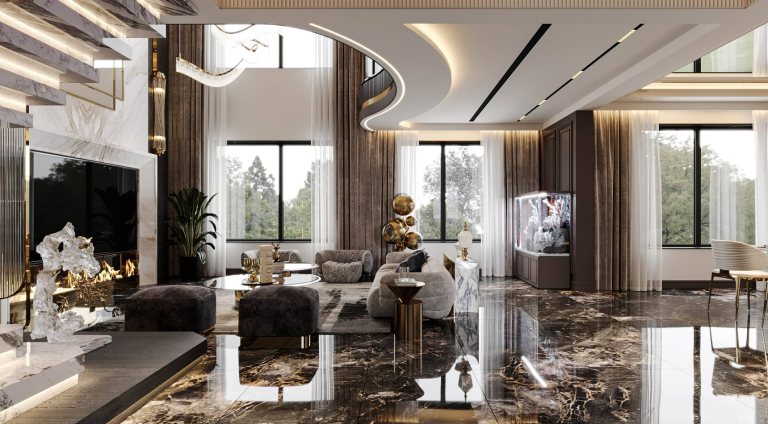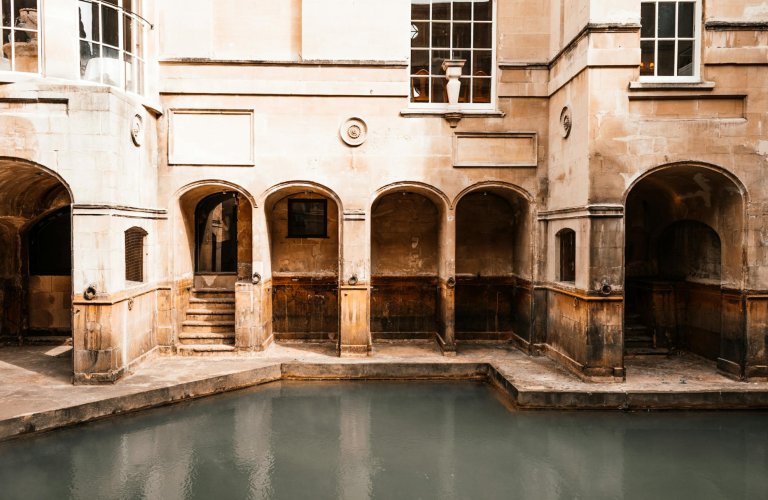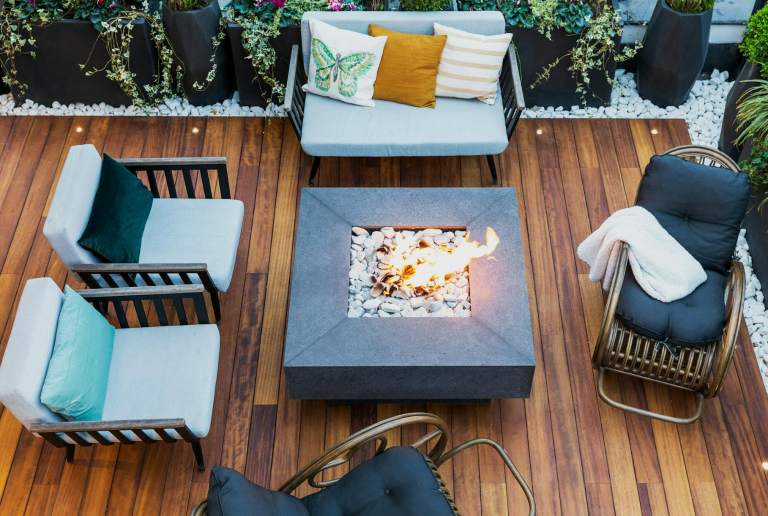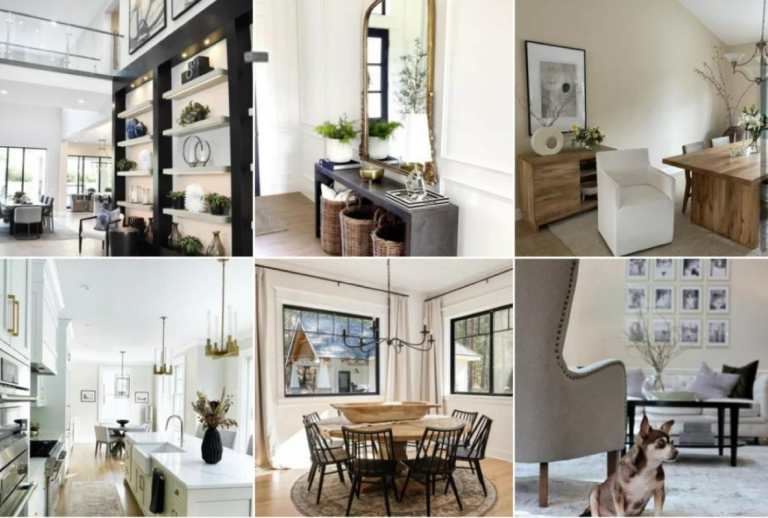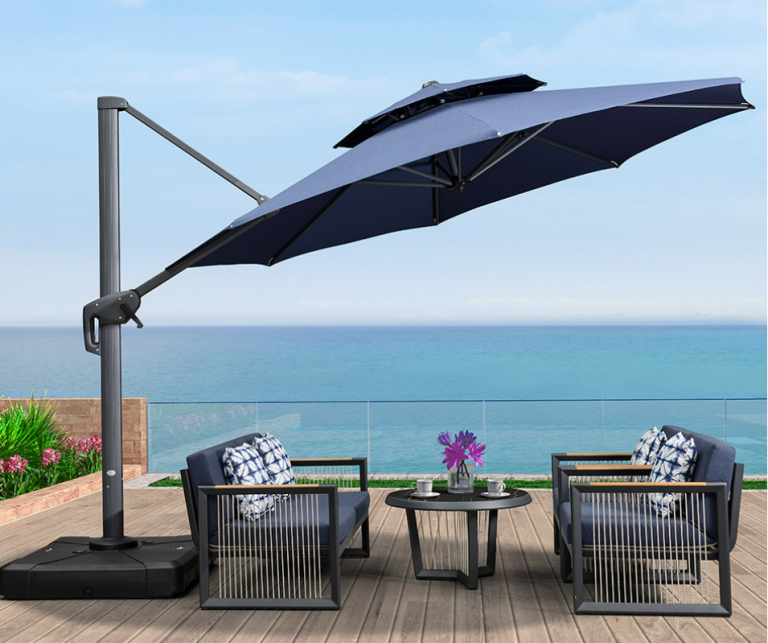
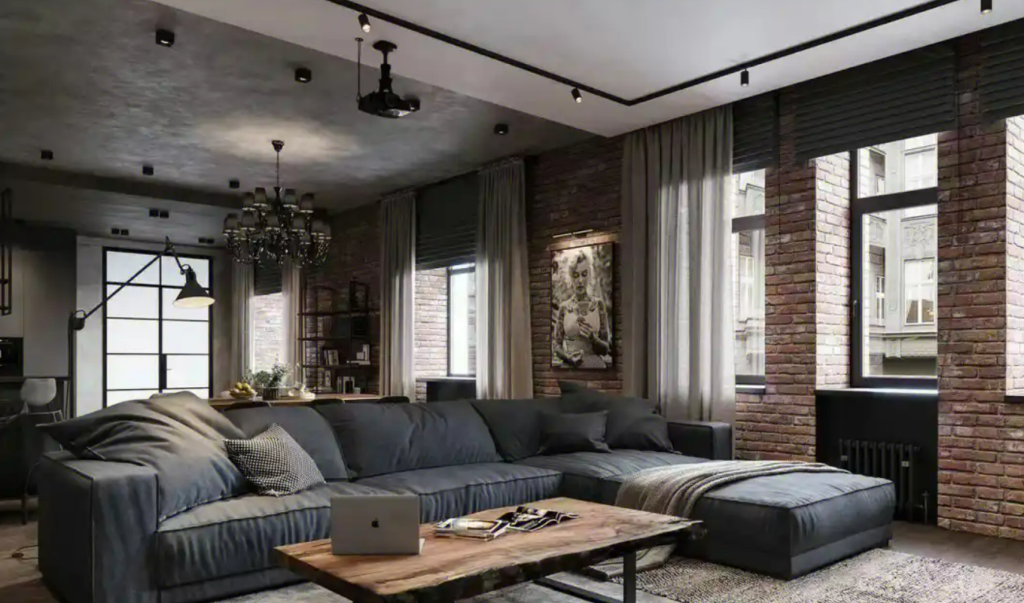
The Return of Industrial Style: Crafting a Distinctive and Sturdy Space
Introduction: Why Industrial Design Is Making a Comeback
Once reserved for converted warehouses and downtown lofts, industrial style has stormed back into mainstream interiors—and for good reason. In an era where authenticity reigns supreme, people crave spaces that feel unfiltered, sturdy, and full of character. But what’s driving this resurgence? And how can you harness its raw appeal without turning your home into a factory? Let’s break it down.
1. What Is Industrial Style? Defining the Aesthetic
The Origins: From Factories to Lofts
Born in the early 20th century, industrial design emerged when artists and entrepreneurs repurposed abandoned factories into living spaces. Instead of hiding exposed beams, brick walls, and ductwork, they celebrated them—creating a look that’s unapologetically utilitarian yet undeniably cool.
Key Characteristics of Industrial Interiors
- Raw materials: Think unfinished wood, steel, and concrete.
- Open layouts: Few walls, high ceilings, and unobstructed sightlines.
- Vintage machinery: Pulley systems, old gears, and factory carts as decor.
2. The Psychology Behind Industrial Design’s Appeal
Why Raw and Rugged Feels So Right
There’s a primal comfort in honest materials—they tell a story. A rustic steel beam or weathered brick wall feels grounded and real, a stark contrast to today’s glossy, mass-produced interiors.
The Balance Between Edgy and Inviting
The magic lies in contrast: Pair a cold concrete floor with a plush sheepskin rug, or a harsh metal chair with a velvet cushion. It’s yin and yang for your living room.
3. Essential Elements of Industrial Style
Exposed Brick and Concrete Walls
- Brick: Adds warmth and texture. Paint it white for a softer look.
- Polished concrete: Durable and sleek—ideal for floors or countertops.
Metal Accents: Steel, Iron, and Copper
- Black steel frames on doors and windows.
- Copper pipes as shelving brackets or towel racks.
Reclaimed Wood and Distressed Finishes
A rough-hewn dining table or pallet wood feature wall brings organic contrast to metal and concrete.
4. The Industrial Color Palette: Beyond Gray
Neutrals That Set the Stage
- Charcoal, slate, and warm grays for walls.
- Ebonized wood or blackened steel for drama.
Pops of Color That Work Without Softening the Edge
- Burnt orange (like rust).
- Deep navy or bottle green for a moody accent wall.
5. Furniture That Embodies Industrial Charm
Vintage Factory Pieces and Modern Reinventions
- Old lockers as storage.
- Factory carts repurposed as coffee tables.
Leather Sofas and Metal-Frame Chairs
- Distressed leather Chesterfields add vintage flair.
- Tolix-style metal chairs keep things sleek.
6. Lighting: The Heart of Industrial Atmosphere
Edison Bulbs, Cage Lights, and Pendant Clusters
- Gooseneck lamps for task lighting.
- Cluster 3-5 pendants over a dining table.
How to Layer Lighting for Depth
Combine overhead fixtures, wall sconces, and floor lamps to avoid a cavernous feel.
7. Open Floor Plans and Structural Honesty
Celebrating Ductwork and Beams
Paint ducts matte black to make them a feature, not an eyesore.
Room Dividers That Keep the Flow
Use steel-framed glass partitions or open shelving units to zone spaces.
8. Industrial Kitchens: Where Function Meets Style
Stainless Steel Countertops and Open Shelving
- Commercial-grade appliances fit right in.
- Galvanized metal backsplashes add grit.
Industrial Range Hoods and Apron Sinks
A copper hood or blackened steel sink becomes the kitchen’s focal point.
9. Industrial Bedrooms: Cozy Meets Urban
Metal Bed Frames and Concrete Accent Walls
- Wrought iron beds evoke old-world charm.
- Micro-cement walls add texture without chill.
Softening the Space with Textiles
Layer knit throws, linen curtains, and a shag rug to offset hardness.
10. Bathrooms with an Industrial Edge
Exposed Plumbing and Matte Black Fixtures
- Pipe-style towel racks.
- Wall-mounted vanities with metal legs.
Concrete Tubs and Wire-Brushed Wood Vanities
A freestanding concrete tub makes a bold statement.
11. Common Mistakes When Designing Industrial Interiors
Going Too Cold or Too Cluttered
- Warm it up with wood and textiles.
- Edit ruthlessly—industrial shouldn’t mean chaotic.
Ignoring Comfort for the Sake of Aesthetic
A metal stool might look cool, but will you actually sit on it? Opt for cushioned seating where it counts.
12. Blending Industrial with Other Styles
Industrial Meets Scandinavian: Warm Minimalism
- Light wood floors + black steel windows.
- Neutral tones with clean lines.
Industrial Meets Bohemian: Eclectic Warmth
- Macramé hangings against brick walls.
- Persian rugs under metal tables.
13. The Future of Industrial Design
Sustainable Industrial: Eco-Friendly Materials
- Recycled steel and low-VOC concrete stains.
- Salvaged wood from demolished barns.
Smart Homes with an Industrial Backbone
Hide smart thermostats in metal enclosures or use voice-controlled, industrial-style lighting.
Conclusion: Is Industrial Style Timeless or Trendy?
Industrial design isn’t just a passing trend—it’s a philosophy of authenticity. Whether you live in a downtown loft or a suburban home, its raw beauty and functional elegance can adapt to any space. The key? Balance the rugged with the refined, and let the materials speak for themselves.
FAQs About Industrial Interior Design
1. Can industrial style work in a small apartment?
Yes! Focus on open space, mirrors, and multipurpose furniture to avoid a cramped feel.
2. Isn’t industrial style too “cold” for families?
Not if you add warmth—think wooden toys, plush rugs, and soft lighting.
3. How do I make industrial decor look intentional, not unfinished?
Curate carefully: One exposed brick wall is a statement; four might feel like a construction site.
4. What’s the most affordable way to try industrial style?
Start with DIY pipe shelves, thrifted metal stools, or concrete-look contact paper for countertops.
5. Can industrial design be colorful?
Absolutely! Try deep emerald green cabinets or a terracotta accent wall for a bold twist.
